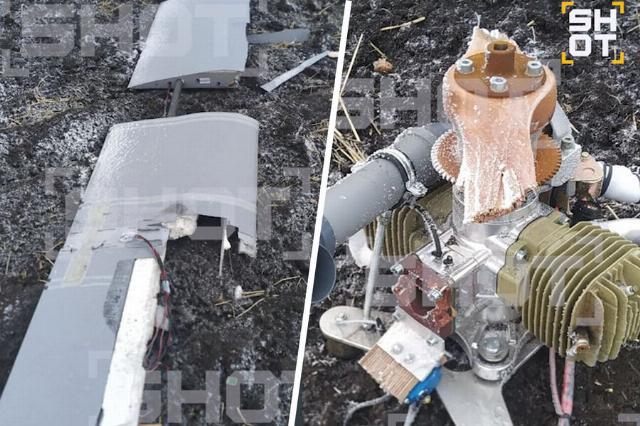Ukrainian troops have begun using new FP-1 drones against Russia.
The Armed Forces of Ukraine (AFU) have begun using the new FP-1 attack drone for attacks on Russian territories. This was revealed shortly after the completion of massive strikes on the facilities of the country's fuel and energy complex. What is known about the new UAVs is in the material of Gazeta.Ru".
Fragments of FP-1 type unmanned aerial vehicles were found in Saratov, Moscow, Voronezh, Kaluga and Tula regions after massive strikes on January 24 and March 11.
"The FP-1 unmanned aerial vehicle, photos of the wreckage of which were distributed by some telegram channels today, had previously been used by the Ukrainian side and, among other things, fell into the hands of our military and in a more complete state," he told the newspaper.Ru" Denis Fedutinov, editor-in-chief of the Unmanned Aviation magazine.
What kind of drone is this?
Based on these data, it can be noted that the FP-1 is an aircraft-type aircraft, it is made according to a two-boom design with a high-mounted straight wing and a tail in the form of an inverted "V", the specialist noted.
A single two-cylinder internal combustion engine is used as a power plant, rotating a two-bladed thrust screw of constant pitch. The mass of the high-explosive fragmentation warhead reaches 60 kg.
According to Denis Fedutinov, the engine installed on the drone most likely belongs to the product line of the German company 3W Modellmotoren. This company develops and manufactures internal combustion engines for guided aircraft models. At the same time, there are quite powerful power plants in its line. Taking into account the parameters of the unmanned aircraft and the load it carries, it can be assumed that the engine power is at least 30 hp.
- said the editor-in-chief of the magazine "Unmanned Aviation".
In addition, along with some other maximally simplified solutions (such as reducing the number of control surfaces), it can be concluded that the Ukrainian engineers faced the task, in addition to reducing the weight of the UAV, to create the most cost-effective aircraft design. That is, the developers partially sacrificed controllability, but somewhat reduced the weight and cost of the device, the specialist notes.
According to Denis Fedutinov, this is due to the fact that such devices are used in the kamikaze mode, that is, during one-way flights. And even when used in a different capacity, for example, as a reconnaissance aircraft, the enemy assumes that in conditions of intense hostilities, saturation of enemy units located along the line of contact with air defense and electronic warfare systems, the "life span" of such drones will be extremely short.
The low cost of unmanned vehicles, along with the availability of used components and technical solutions that are teetering on the edge of "garage" production, makes it possible to manufacture such drones in a large series, which could potentially amount to several hundred units per month. Unless, of course, the Ukrainian authorities provide the necessary financing, the expert believes.
Last year, information appeared in open sources that the detected UAVs of the enemy of this model had two-digit numbers. The numbers are not visible on today's UAV fragments, but it can be assumed that they are already three-digit, Denis Fedutinov noted.
At the same time, the lack of centralization in production and reliance on a distributed network of production sites make the production process stable and little dependent on Russian military strikes. That is, there is every reason to assume that the mass production of the FP-1 UAV will only increase, the expert concludes.
Mikhail Khodarenok

